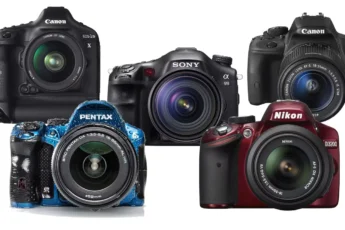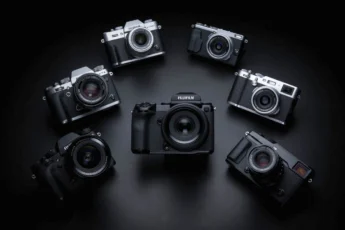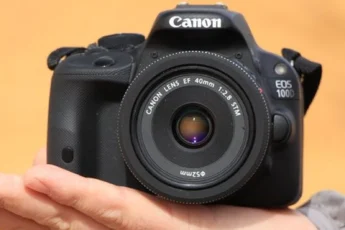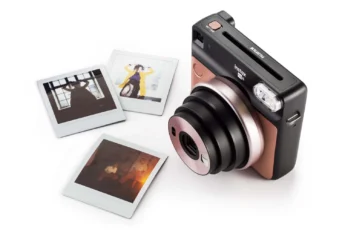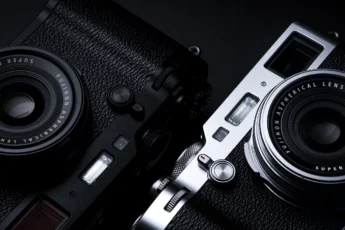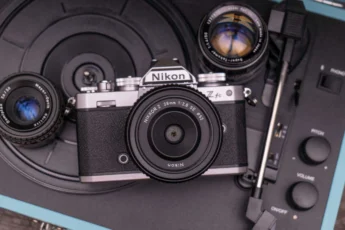Picture this: you’re on a once-in-a-lifetime trip, standing in front of a breathtaking landscape, ready to capture the moment. You pull out your camera, snap the photo, and then… disappointment. The image is blurry, the colors are off, and the moment is lost forever. We’ve all been there, and it’s a frustrating experience. That’s why choosing the right camera for everyday use is so important.
Whether you’re a beginner looking to upgrade from your smartphone or an experienced photographer seeking a reliable camera for daily use, finding the perfect camera can be overwhelming. With countless options on the market, each with its own set of features and specifications, it’s easy to get lost in the details. But fear not! In this comprehensive guide, we’ll walk you through the essential factors to consider when selecting a camera for everyday use. From entry-level models to mid-range options and even the easiest-to-use cameras, we’ve got you covered. So, let’s dive in and find the perfect camera for you!
- Understanding the Importance of Choosing the Right Camera
- Factors to Consider When Selecting a Camera
- Entry-Level Cameras
- Canon EOS R10
- Features and Benefits
- Price and Affordability
- User Experience
- Nikon Z 50
- Features and Benefits
- Price and Affordability
- User Experience
- Mid-Range Cameras
- Canon EOS R50
- Features and Benefits
- Price and Affordability
- User Experience
- Canon EOS Rebel T7 / EOS 2000D
- Features and Benefits
- Price and Affordability
- User Experience
- Easiest-To-Use Cameras
- Nikon D3500
- Features and Benefits
- Price and Affordability
- User Experience
- Conclusion
Understanding the Importance of Choosing the Right Camera
Before we delve into the specific cameras, let’s take a moment to understand why choosing the right camera is so crucial. Everyday photography encompasses a wide range of scenarios, from capturing candid family moments to documenting your travels or even pursuing creative projects. Your camera becomes an extension of your vision, allowing you to freeze time and tell your stories through images.
However, using a camera that doesn’t align with your needs can lead to frustration and missed opportunities. Imagine trying to capture fast-moving action with a camera that has slow autofocus, or struggling to get a clear shot in low light conditions because your camera’s sensor isn’t up to par. These challenges can dampen your enthusiasm for photography and leave you feeling discouraged.

On the other hand, when you have a camera that fits your needs like a glove, the possibilities are endless. You’ll find yourself inspired to explore new perspectives, experiment with different techniques, and push your creativity to new heights. A camera that feels intuitive and reliable becomes a trusted companion, ready to capture the moments that matter most to you.
So, whether you’re a parent looking to document your child’s milestones, a traveler eager to capture the essence of new destinations, or an aspiring photographer ready to take your skills to the next level, investing in the right camera is a decision that will pay off in the long run. Let’s explore the key factors to consider when making your choice.
Factors to Consider When Selecting a Camera
Choosing a camera can feel like navigating a maze of technical specifications and features. However, by focusing on a few key factors, you can narrow down your options and find the camera that best suits your needs. Here are the essential considerations to keep in mind:
- Sensor Size: The sensor is the heart of your camera, and its size plays a crucial role in image quality. Larger sensors generally offer better low-light performance, wider dynamic range, and shallower depth of field. Common sensor sizes include Full Frame, APS-C, and Micro Four Thirds. Consider your photographic needs and budget when deciding on the sensor size.
- Megapixels: Megapixels determine the resolution of your images. While higher megapixel counts allow for larger prints and more detail, they also result in larger file sizes. For everyday use, a camera with around 20-24 megapixels is often sufficient, unless you plan to make massive enlargements or crop heavily.
- Autofocus Performance: A camera’s autofocus system can make or break your shots, especially when capturing moving subjects. Look for cameras with fast and accurate autofocus, as well as features like face detection and tracking. Consider the number of autofocus points and the type of autofocus system (phase detection or contrast detection) to ensure reliable performance.
- Video Recording: If you’re interested in capturing video alongside your photos, pay attention to the camera’s video capabilities. Look for cameras that offer high-quality video recording, such as 4K resolution, and consider frame rates, autofocus performance during video, and the availability of external microphone inputs.
- Low-Light Performance: For everyday use, you’ll likely encounter a variety of lighting conditions. A camera with good low-light performance will allow you to capture clear and noise-free images even in dimly lit environments. Pay attention to the camera’s ISO range and noise handling capabilities.
- Ergonomics and Handling: The way a camera feels in your hands and the placement of its controls can greatly impact your shooting experience. Consider the size, weight, and grip of the camera, as well as the intuitiveness of its menu system. If possible, visit a camera store and physically handle the cameras you’re interested in to get a sense of their ergonomics.
By prioritizing these factors based on your specific needs and preferences, you’ll be well on your way to finding the perfect camera for everyday use. Now, let’s explore some specific camera models that excel in different categories.
Entry-Level Cameras
If you’re just starting outwith photography or looking for an affordable camera that still delivers great results, entry-level cameras are a fantastic option. These cameras offer a balance of user-friendly features, good image quality, and reasonable prices. Here are two entry-level cameras worth considering:
Canon EOS R10
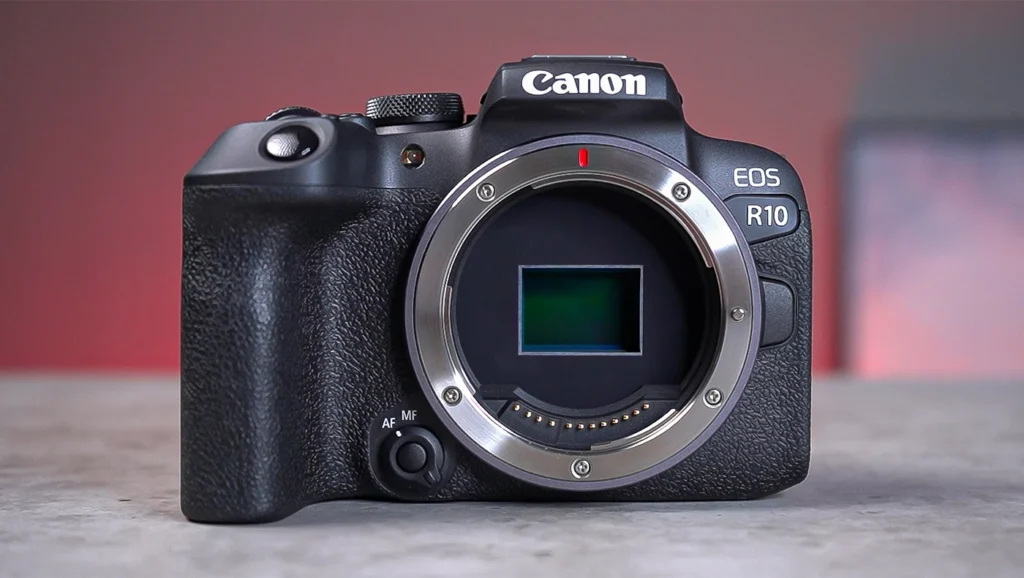
Features and Benefits
The Canon EOS R10 is a compact and lightweight mirrorless camera that packs a punch. It features a 24.2-megapixel APS-C sensor, which delivers impressive image quality and detail. The camera’s autofocus system is fast and accurate, with Dual Pixel CMOS AF II technology that provides smooth and precise focusing. The R10 also boasts 4K video recording at up to 60 frames per second, making it a great choice for capturing high-quality videos.
Price and Affordability
With a price point around $1,000 (USD) for the body and kit lens, the Canon EOS R10 offers excellent value for its features and performance. It’s an affordable option for beginners or enthusiasts looking to step up their photography game without breaking the bank.
User Experience
The Canon EOS R10 is designed with user-friendliness in mind. It features a intuitive menu system and customizable controls, allowing you to easily navigate settings and adjust parameters on the fly. The camera’s ergonomic grip ensures comfortable handling, even during extended shooting sessions. With its compact size and lightweight body, the R10 is perfect for everyday use and travel photography.
Nikon Z 50

Features and Benefits
The Nikon Z 50 is another compelling entry-level mirrorless camera. It features a 20.9-megapixel APS-C sensor that delivers excellent image quality, with sharp details and vibrant colors. The camera’s autofocus system is quick and reliable, with 209 focus points covering a wide area of the frame. The Z 50 also offers 4K video recording at 30 frames per second and Full HD slow-motion video at 120 frames per second, giving you flexibility in your videography.
Price and Affordability
The Nikon Z 50 is priced competitively, with the body and kit lens bundle typically costing around $1,000 (USD). It provides a great entry point into Nikon’s Z-mount mirrorless system, offering excellent value for its features and performance.
User Experience
The Nikon Z 50 offers a user-friendly experience, with a thoughtfully designed interface and customizable controls. The camera’s ergonomics are well-suited for both beginners and experienced photographers, with a comfortable grip and intuitive button placement. The tilting touchscreen display makes it easy to compose shots from various angles, and the camera’s lightweight body makes it a pleasure to carry around for everyday use.
Mid-Range Cameras
For photographers looking for a step up in features and performance, mid-range cameras offer advanced capabilities and improved image quality. These cameras are ideal for enthusiasts or professionals seeking a reliable tool for everyday shooting. Here are two notable mid-range cameras to consider:
Canon EOS R50

Features and Benefits
The Canon EOS R50 is a versatile mid-range mirrorless camera that offers excellent performance. It boasts a 32.5-megapixel APS-C sensor, delivering stunning image quality with rich details and smooth color gradations. The camera’s autofocus system is advanced, with Dual Pixel CMOS AF II technology that provides fast and accurate focusing, even in challenging lighting conditions. The R50 also features 4K video recording at up to 60 frames per second, along with a range of creative video modes.
Price and Affordability
The Canon EOS R50 is priced at around $1,500 (USD) for the body and kit lens, making it a reasonable investment for photographers seeking a feature-rich camera without venturing into professional-level prices. It offers a significant step up in performance and image quality compared to entry-level models.
User Experience
The Canon EOS R50 provides a user-friendly experience, with a well-designed menu system and customizable controls. The camera’s ergonomics are comfortable, with a substantial grip and thoughtfully placed buttons. The electronic viewfinder offers a clear and responsive display, making it easy to compose shots and review settings. With its advanced features and intuitive operation, the R50 is a great choice for photographers looking to take their skills to the next level.
Canon EOS Rebel T7 / EOS 2000D
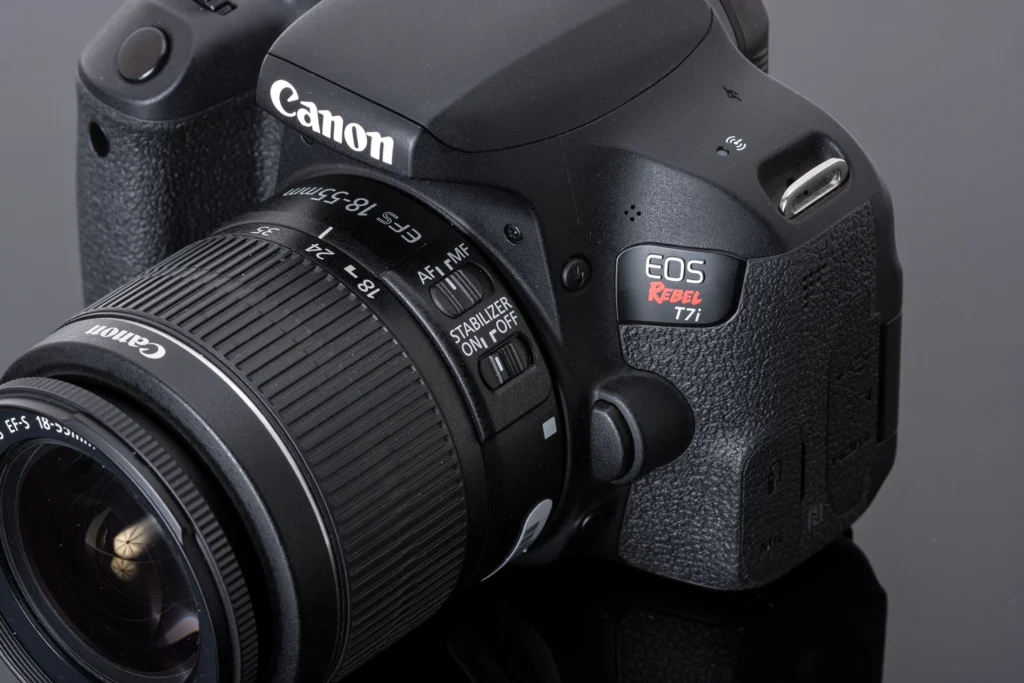
Features and Benefits
The Canon EOS Rebel T7, also known as the EOS 2000D, is a reliable mid-range DSLR camera. It features a 24.1-megapixel APS-C sensor that delivers excellent image quality, with sharp details and accurate colors. The camera’s autofocus system is fast and responsive, with 9 AF points spread across the frame. The Rebel T7 also offers Full HD video recording
Price and Affordability
The Canon EOS Rebel T7 / EOS 2000D is an affordable option for a mid-range DSLR camera. It typically retails for around $500 (USD) with a kit lens, making it accessible to photographers on a budget who still want the benefits of a feature-rich camera. Its price point makes it an attractive choice for beginners looking to upgrade from a compact camera or smartphone.
User Experience
The Canon EOS Rebel T7 / EOS 2000D offers a user-friendly experience, with a straightforward menu system and intuitive controls. The camera’s compact and lightweight body makes it comfortable to hold and carry around for extended periods. The optical viewfinder provides a clear view of your subject, and the responsive touchscreen allows for easy navigation and focus point selection. With its beginner-friendly features and guided modes, the Rebel T7 is an excellent camera for learning and growing your photography skills.
Easiest-To-Use Cameras
For some photographers, ease of use is a top priority. Whether you’re a beginner or simply prefer a camera that’s straightforward to operate, there are options available that combine simplicity with great results. Here’s one camera that stands out for its user-friendly design:
Nikon D3500

Features and Benefits
The Nikon D3500 is a compact and lightweight DSLR camera that prioritizes simplicity and ease of use. It features a 24.2-megapixel APS-C sensor that delivers excellent image quality, with sharp details and vibrant colors. The camera’s autofocus system is fast and accurate, with 11 AF points that cover a wide area of the frame. The D3500 also offers Full HD video recording at up to 60 frames per second, allowing you to capture smooth and detailed video footage.
Price and Affordability
The Nikon D3500 is an affordable option for beginners or photographers seeking a user-friendly camera. It typically retails for around $500 (USD) with a kit lens, making it a budget-friendly choice that doesn’t compromise on image quality or performance.
User Experience
One of the standout features of the Nikon D3500 is its intuitive and beginner-friendly interface. The camera’s Guide Mode provides step-by-step instructions and sample images to help you learn and master different photography techniques. The camera’s ergonomic design and comfortable grip make it easy to hold and operate, even for those with smaller hands. With its straightforward controls and helpful guide, the D3500 is an excellent choice for anyone looking for a camera that’s easy to use and produces great results.
Conclusion
Choosing the perfect camera for everyday use is a personal journey that depends on your specific needs, preferences, and budget. By considering factors such as sensor size, megapixels, autofocus performance, video capabilities, low-light performance, and ergonomics, you can narrow down your options and find the camera that best suits your requirements.
Whether you opt for an entry-level model like the Canon EOS R10 or Nikon Z 50, a mid-range camera like the Canon EOS R50 or Canon EOS Rebel T7 / EOS 2000D, or a user-friendly option like the Nikon D3500, remember that the best camera is the one that inspires you to capture the moments that matter most to you.
Take the time to research, compare, and if possible, try out different cameras before making your final decision. Read reviews from other photographers, watch video demonstrations, and visit camera stores to get hands-on experience with the models you’re interested in. By doing your due diligence, you’ll be well-equipped to choose the perfect camera companion for your everyday photography adventures.


